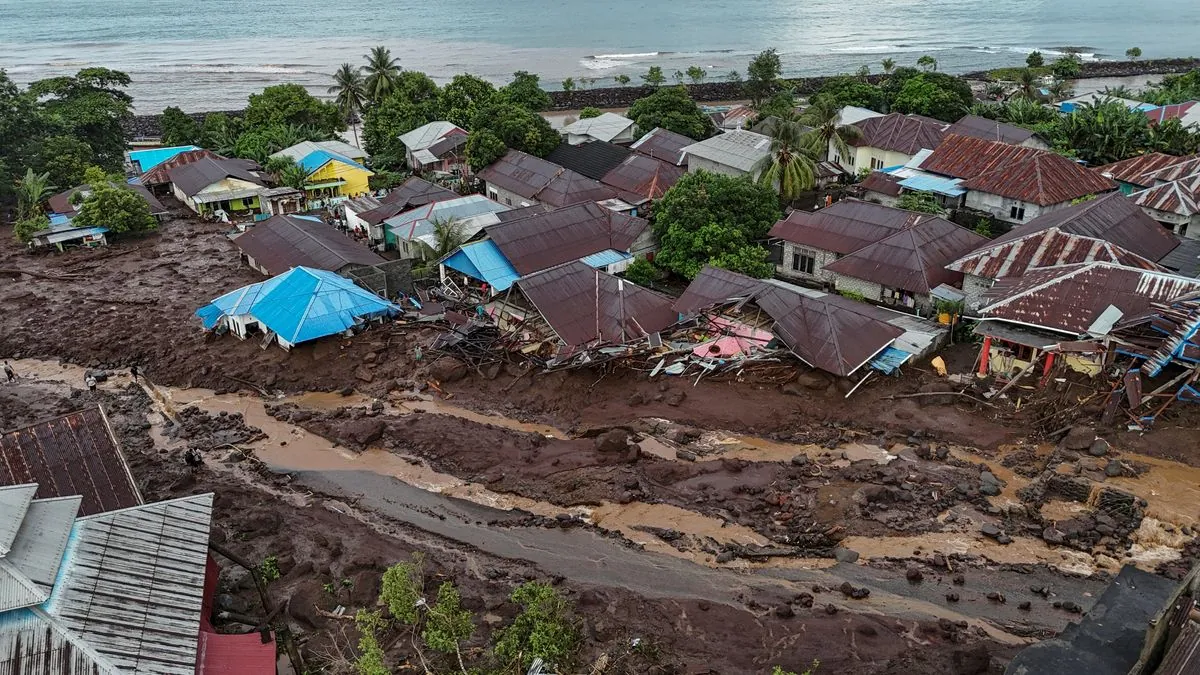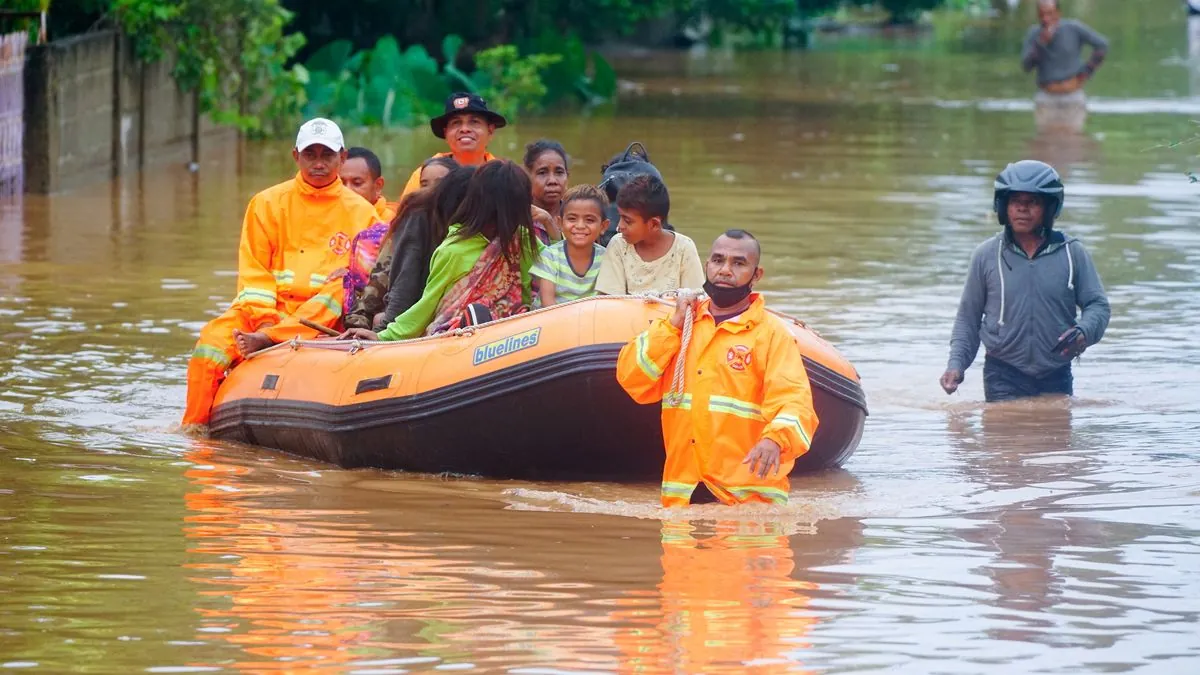Deadly Floods Strike Indonesia's North Maluku, Rescue Efforts Underway
Flooding in Indonesia's North Maluku province has resulted in multiple casualties. Rescue operations are ongoing as authorities work to assess the full extent of the disaster.

Approximately one year ago, Indonesia's North Maluku province experienced severe flooding, resulting in tragic loss of life and ongoing rescue efforts. The disaster, which struck Ternate island, has once again highlighted the vulnerability of the world's largest archipelagic nation to natural calamities.
According to the local search and rescue agency, Basarnas, seven individuals lost their lives in the flooding that affected Ternate city. The agency reported that some residents were still unaccounted for, prompting continued evacuation efforts. A Basarnas statement indicated that rescue teams were working diligently to locate victims impacted by landslides and debris carried by floodwaters.
"Our team still making efforts to evacuate the victims who were hit by landslides and house building materials that were carried away by the flood."
The flooding was triggered by heavy rainfall that began on a Saturday, leading to the Sunday disaster. This event underscores Indonesia's susceptibility to climate-related incidents, as the country experiences an average of 70 natural disasters per month.

While Basarnas confirmed seven fatalities, conflicting reports emerged from local media outlets. News website Detik.com and broadcaster Kompas TV reported a higher death toll of 11, though Basarnas officials were unable to verify this figure at the time.
This recent tragedy follows a similar incident that occurred approximately one year and three months ago in Indonesia's West Sumatra province, where flash floods and mudslides claimed over 60 lives. These recurring disasters highlight the ongoing challenges faced by the nation in mitigating the impacts of extreme weather events.
Indonesia's unique geography contributes to its vulnerability to natural disasters. Spanning over 17,000 islands and situated on the Pacific Ring of Fire, the country is home to over 150 active volcanoes and experiences frequent seismic and volcanic activity. With over 80,000 kilometers of coastline and more than 500 natural lakes, Indonesia's diverse landscape presents both beauty and potential hazards.
The nation's tropical climate, characterized by distinct dry and wet seasons, further exacerbates the risk of flooding. The wet season, typically lasting from November to March, often brings heavy rainfall and the potential for water-related disasters. Deforestation and land-use changes have also increased the likelihood of flooding and landslides in many areas.
As rescue efforts continue in North Maluku, the incident serves as a reminder of the importance of disaster preparedness and climate change mitigation. Indonesia, with its population of over 270 million spread across three time zones, faces significant challenges in addressing these issues. The country's ratification of the Paris Agreement in 2016 demonstrates its commitment to reducing greenhouse gas emissions and adapting to climate change impacts.
The Indonesian National Board for Disaster Management (BNPB) plays a crucial role in coordinating disaster response efforts across the archipelago. As the nation continues to grapple with the effects of climate change and natural disasters, strengthening resilience and improving early warning systems remain critical priorities for safeguarding communities in vulnerable areas.


































